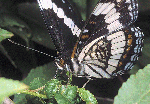
Utah Lepidopterists' Society
Founded 6 Nov 1976
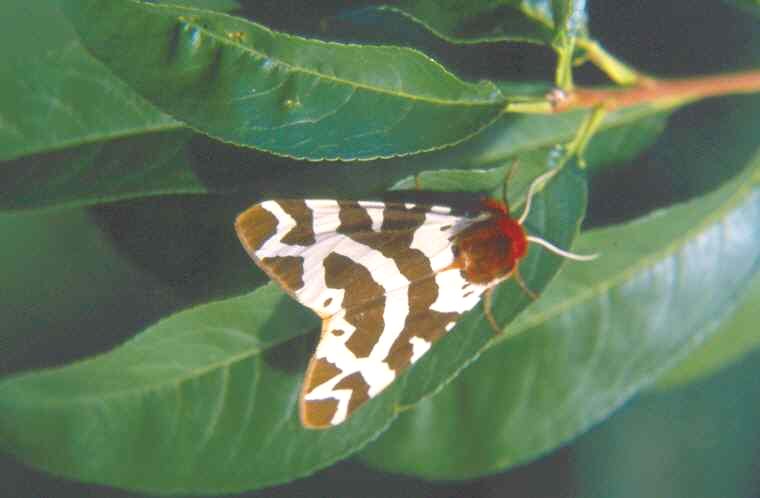
|
|
Utah Lepidopterists' Society Founded 6 Nov 1976 |
|
| History | Mission | Meetings | Bulletin | Checklists | Links | Community | Field Trips | Habitat | Members | Kids | Contact Us |
Papilio indra calcicola
Navajo sandstone cliff swallowtail
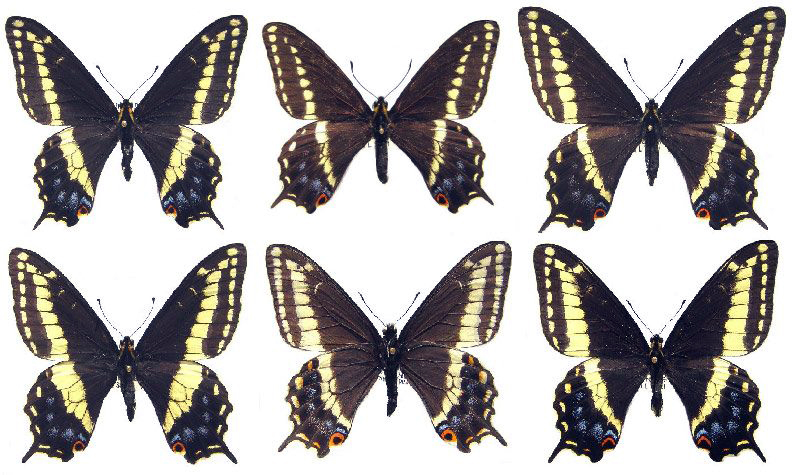 |
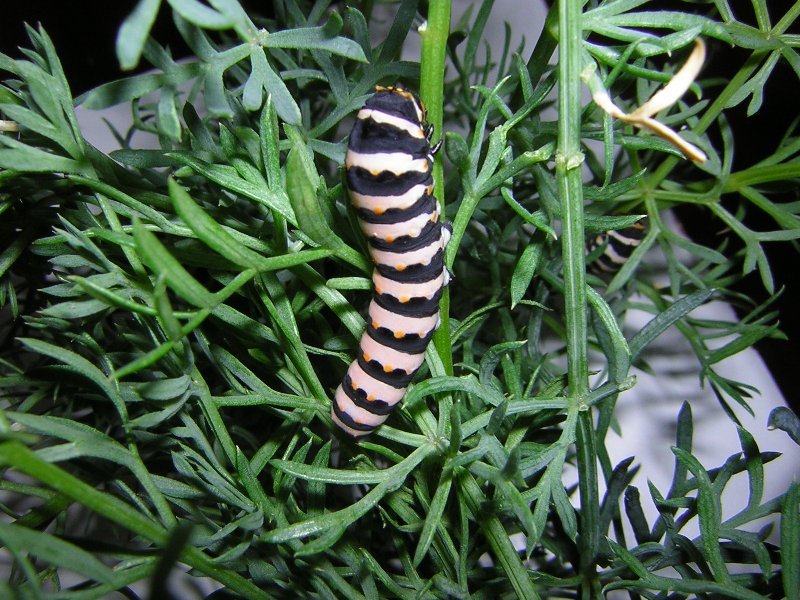 |
| Adults (click on image for larger picture) | Mature Larva (click on image for larger picture) |
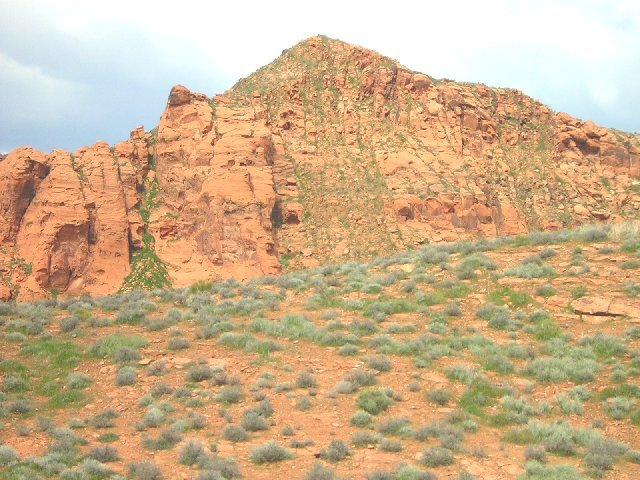 |
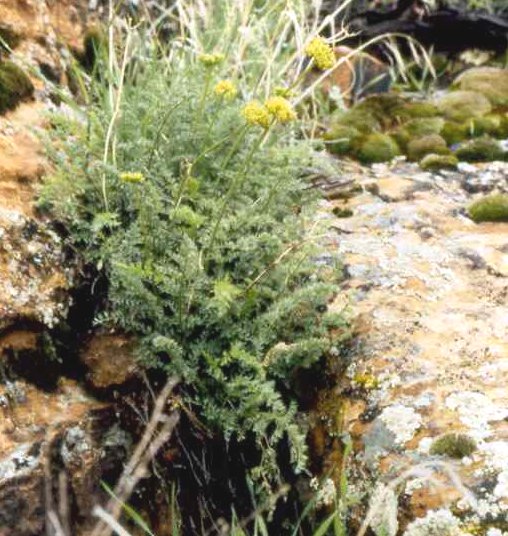 |
| Example of habitat | Example of hostplant--Lomatium scabrum |
General:
P.
indra calcicola recently
was described from Southern Nevada. Colonies
of this butterfly in the State used to be referred to as as P. indra
nevadensis or P. indra nr. nevadensis. It is a long tailed
race of indra.
Amongst all the subspecies of indra
in Utah, calcicola
shows the most drastic example of individual variation with specimens looking
like fordi,
martini, panamintensis,
and even pergamus.
P. indra calcicola, for the most part, is univoltine with less than 1
percent of lab-reared pupae emerging during the same year. Adults of this
Swallowtail fly early in the year; from mid to late March to mid-May.
Utah
Distribution and Habitat:
The
distribution of P.
i. calcicola
in Utah is restricted to Utah's Mojave Desert in Washington County.
Among other habitats, the butterfly is most easily encountered in Navajo
sandstone hill country North and Northeast of St. George. It is also found in
the Beaver Dam Mountains, Leeds Canyon and rumored to fly in the Pine Valley
Mountains as well. One type of habitat where calcicola
seems to be less common is the Lava Ridges because of the rarity of its larval
hostplant there.
Bionomics:
P.
i. calcicola
immatures utilize two species of Lomatium
in Washington County. In the vicinity of St. George, Lomatium
scabrum
(cliff lomatium) is the larval hostplant. Leaflets
of L.
scabrum
burn off by mid to late May; which accounts for its univoltinism. However,
leaflets of Lomatium
parryi,
which is its foodplant in the Leeds Canyon area, do not burn off until the fall.
As such, it is plausible that calcicola
could at least have a partial second brood in the vicinity of Leeds Canyon.
Admittedly, more research needs to be done in this area.
Under
typical conditions, females will only lay on healthier L.
scabrum plants
located between rocks or at the base of desert washes because these plants will
thrive long enough to support the larva to maturity. However, in certain years,
when population numbers are extremely high, it is interesting to note that
females sometimes will oviposit on plants that cannot support the larva to
maturity. Some Navajo Sandstone hills North of St. George do not have Lomatium
scabrum
on them except for North-facing washes and slopes. These hostplants survive well
there for two reasons: First, these washes and slopes accumulate more moisture
and can support the roots of these plants. Second, plants in this area receive
less direct desert sunlight as compared to south, east and west facing slopes.
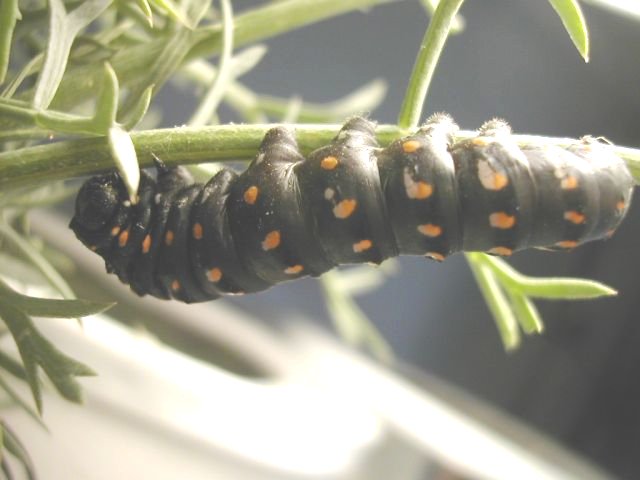 |
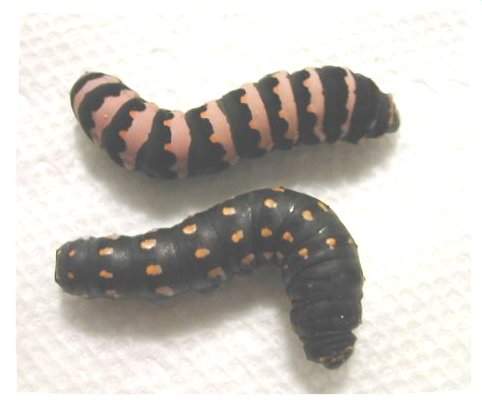 |
On 29 Apr 2004, Vernon Evans found this strange looking mostly black P. indra calcicola larva on Lomatium scabrum at Red Cliffs Campground, Washington County, Utah. For some unknown reason the normally prevalent pink stripes were absent--see photo on the right where contrast is shown with normal fifth instar larva above. Superficially, this aberrant larva is not too dissimilar from some mature larvae of P. indra bonnevillensis. The larva did go on to pupate to a normal salmon colored chrysalis. (Photos courtesy Vernon Evans.)
The mature larva is similar to P. indra minori and is striped with bright pink-peach and black bands with yellow-orange spots. The pupa is salmon in color and camouflages well against Navajo Sandstone. As is true with all subspecies of indra, hibernation is as pupa. See below.
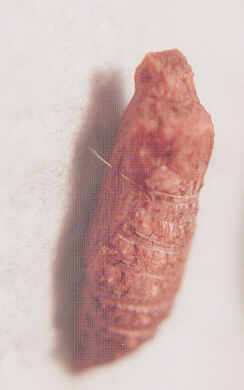
More in depth analysis on the taxonomy, host plants, and gene pool of this interesting colony of P. indra from Dr. Wayne Whaley
All images of Limenitis weidemeyeri on the ULS Info Bar courtesy Jay Cossey